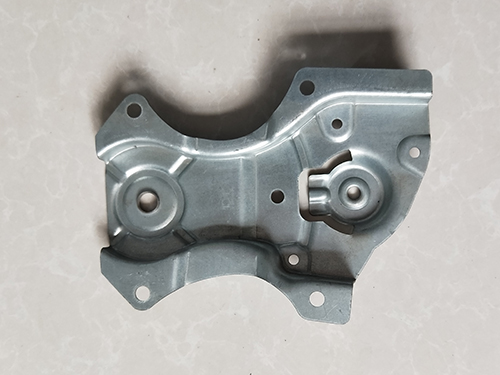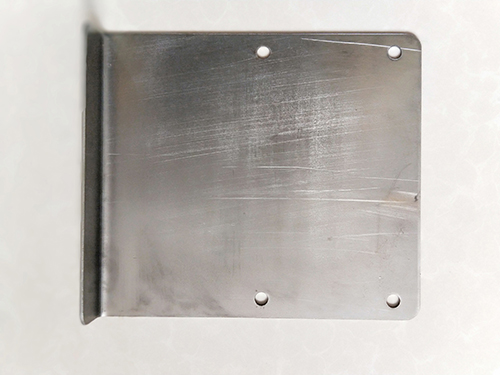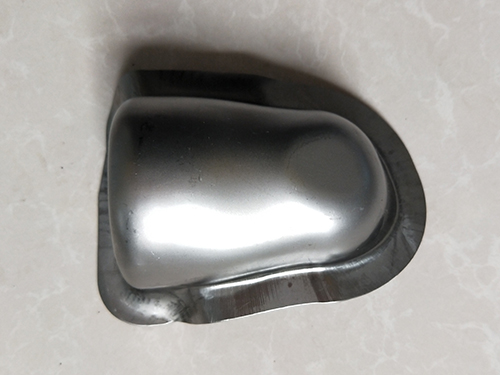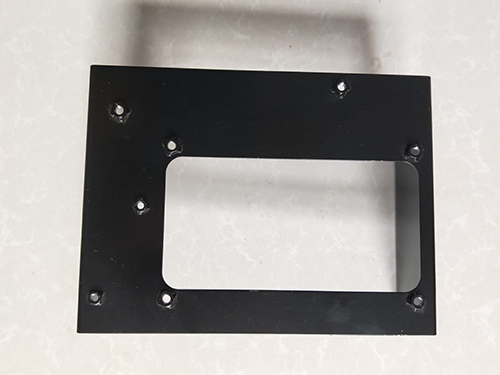Process and Goal Setting Stage of Metal Stamping Parts
[1] Stamping process: 1. Basic stamping process: The flipping process, cutting process, cutting process, and punching process are common in the production of stamping parts. However, each process has its own characteristics, and the differences and significance contained in them are relatively large. For relative automotive parts, analyze the technology according to relevant companies, determine the nature of automotive parts manufacturing work, and modify the process through relative technology and analysis. 2. Analyze the processability of stamping parts for automotive stamping parts; The difficulty of processing depends on the manifestation of the processability of the stamped parts, which requires an analysis of the material quality, requirements, size, and appearance characteristics of the magnetic village of the parts in terms of technology. The stamped parts produced meet the standards and requirements. In addition, excellent processability also requires other characteristics such as ease of operation and stability of part quality. Generally speaking, the degree and structural dimensions of automotive stamping parts have a significant impact on the processability of stamping parts. If there is a problem of poor quality stamping parts, it is necessary to provide suggestions and ideas to relevant departments and make appropriate modifications to the design drawings to improve the processability of stamping parts. 3. There are often many options for the selection of processes in the manufacturing of automotive stamping parts. Therefore, when designing stamping process schemes, a rigorous analysis of the design process of automotive stamping parts should be conducted, and relevant combinations should be made based on multiple processes. It can be a single process for related manufacturing, or a combination of multiple processes to manufacture automotive stamping parts. Due to the requirements of automotive stamping parts and the need to produce a large number of parts, strict control is required to manufacture automotive parts through repeated stamping. However, when the size of the parts is small, due to the analysis of production efficiency and other factors, it is necessary to continuously produce and process the composite template. If the machines used in automobile parts manufacturing factories can self feed, they need to choose to use continuous stamping production methods. To prevent displacement errors caused by multiple stamping processes, the production method of composite molds is usually chosen. If only a few simple mold manufacturing are carried out, and the cost is higher than that of composite molds and the production volume is relatively small, the factory needs to think about the manufacturing process and choose the appropriate production method. [2] With the rapid development of technology in the automotive industry, the corresponding body processing technology has also changed rapidly, giving rise to many new processing technologies such as 3D printing. However, stamping processing is still the main processing technology for automotive body parts manufacturing at present. As the foundation of white body manufacturing, the precision of stamped parts determines the dimensional accuracy level of white body. Therefore, in the production of new stamped parts, quality control should be carried out at all stages of the process, including the early classification of part accuracy levels, part dimensions, and tolerances GD& The preparation of T-drawings, mid-term stamping process design, later matching verification of trial parts, and problem rectification are multiple aspects. In the new model, based on the quality target setting of the product and the benchmark results, the accuracy targets of the entire vehicle and the white body are determined, and through the calculation and analysis of dimensional engineering, the set dimensional accuracy targets are decomposed into stamped parts. Metal stamping parts; The higher the accuracy level, the greater the contribution to improving the accuracy level of the white body. However, stamping parts are built on the basis of higher mold costs and longer adjustment cycles. Therefore, reasonable stamping accuracy requirements can not only meet the precision requirements of white body, but also control costs. According to the overlapping relationship of stamped parts on the white body and the functional requirements of different features, treat all features on the stamped parts differently and assign different tolerance value requirements. Classify the characteristics of stamped parts into precision levels, including reference holes, reference surfaces, functional holes, matching surfaces, trimming lines, and process holes, assign different tolerance values, and perform GD& The setting of the T-pattern should be reflected. According to the classification of precision levels of stamping parts, guiding the processing of stamping molds can improve the first pass rate of mold processing while meeting precision requirements, reduce the number of maintenance adjustments, and shorten the mold and verification cycle.







